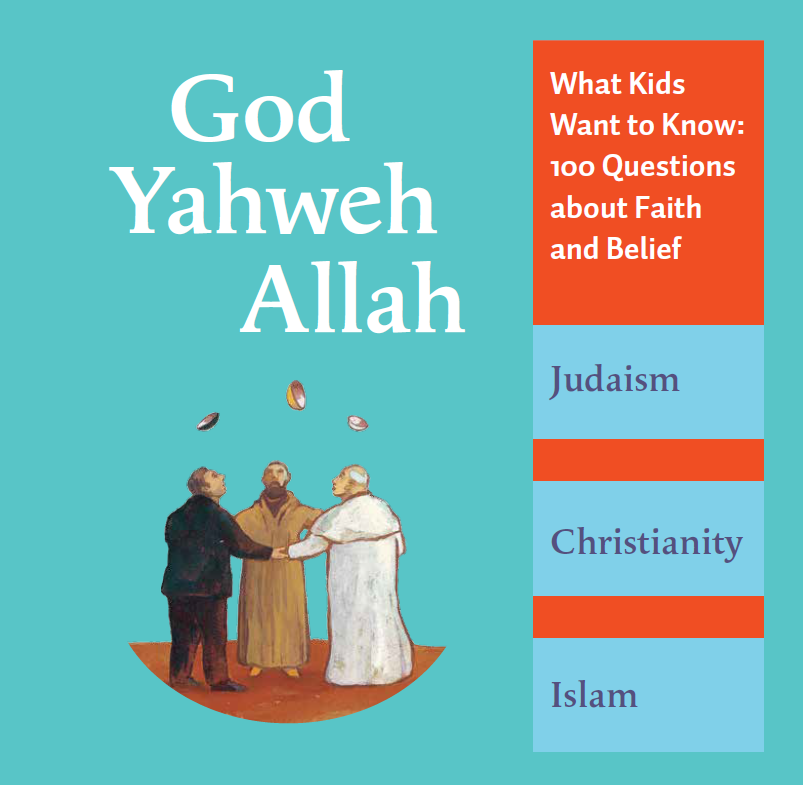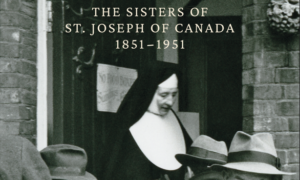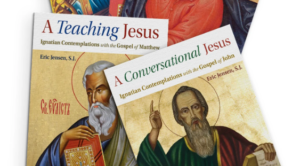
BOOK REVIEW: GOD, YAHWEH, ALLAH
“But human beings did not invent God the way an inventor creates something new. Most religions will tell you that God came first. God is the creator of the universe.”
God, Yahweh, Allah, p. 12
Throughout his papacy, Pope Francis has worked tirelessly to promote peace and dialogue between world religions. In this quest, he brings forward the work of Vatican II. The encyclical Nostra Aetate comes to mind. “The Church rejects nothing that is true and holy in these religions (#2).” As we live and work to spread the Good News of Jesus Christ, we are called to listen and to love. This love calls for understanding, respect and honouring all that is “good and holy.”

As our communities become more culturally and religiously diverse, so do our Catholic schools. The book God, Yahweh, Allah can be a helpful book for teachers in Catholic schools, but also for all teachers who want to have an understanding of the faith of their learners. The book is an excellent resource for giving a basic understanding of the tenets of the three Abrahamic faiths. It also addresses the common questions that learners have about religion and faith.
Written by Katia Mrowiec, Michel Kubler and Antoine Sfeir, this book is concise and descriptive in a way that respectfully navigates the sensitive tapestry of the world’s three main religions. Illustrated by Olivier Andre, Gaetan Evrard, Stephane Girel and Philippe Poirier, the images are beautifully invitational and simplistic in animating the information of the various chapters.
The chapters of the book are structured in a way that organizes pertinent information in an easily digestible format. The text respectfully outlines commonalities and distinctions between the Christian, Jewish and Muslim faiths while offering information that can help to overcome misconceptions. Titles of various pages point to common questions such as: Who is Jesus for Jews? Did God write the bible? Is “Christ” Jesus’ last name? Did Jesus invent religion? Who invented Islam? Why don’t Jews say God’s name? What are the major Muslim feasts? Why is the Orthodox cross different from the Catholic cross?, etc. Some topics include a text box on the page that gives related information or points of interest. Examples are a description of the tabernacle in Catholic churches or a paragraph on why cremation is forbidden in the Jewish faith.
The seventh chapter of the book is entitled “Current Issues.” In this chapter, the text tackles the various aspects of religion that are most often criticized and tries to give a historical context for these practices. This offers a good starting place for difficult discussions.
At this time in history, when there is so much discrimination, anti-semitism, violence against religious groups and a large part of society who have no religious affiliation, this book offers a great lay person’s guide to understanding faith. This is a great resource for teachers to ensure that we always stand in place of respect toward the faiths of all the families we serve. I have to admit, in reading this book, I was faced with many of my own assumptions and misunderstandings. One can never learn all there is to know about God and humanity.
Jan Bentham is a retired Religion Coordinator with the Ottawa Catholic School Board. She is a musician, serving in music ministry at St. Ignatius Parish in Ottawa. She currently works at St. Paul’s University with the Catholic Women’s Leadership Program.


